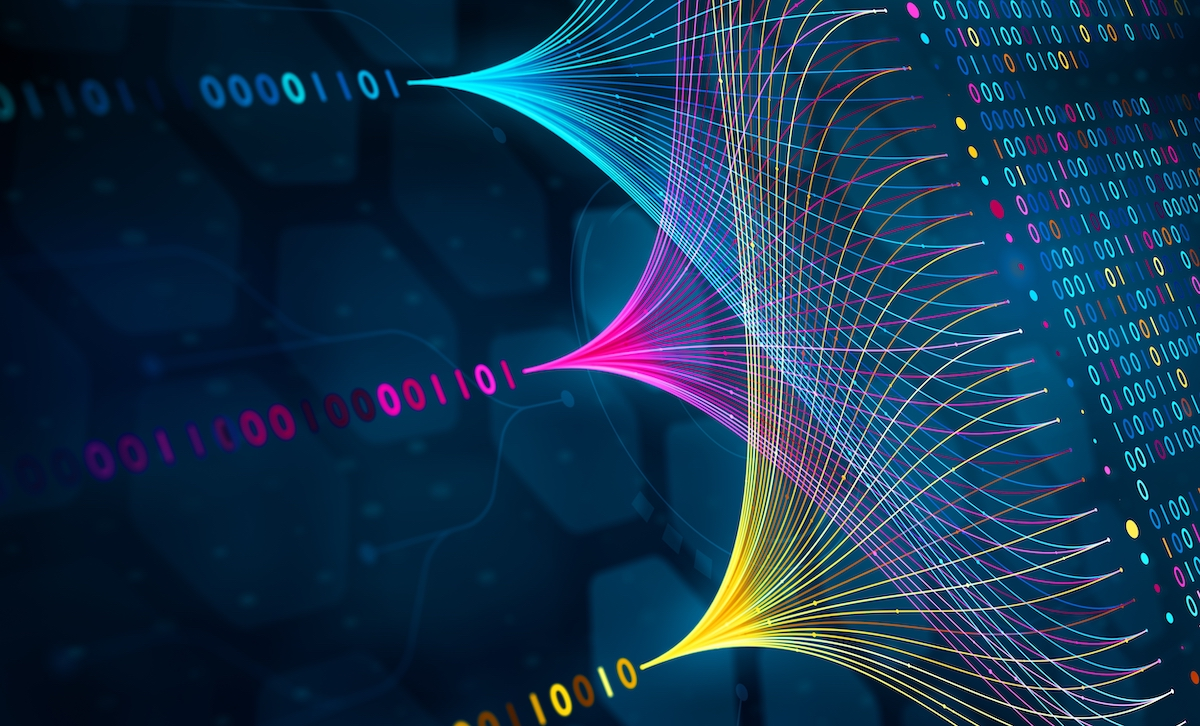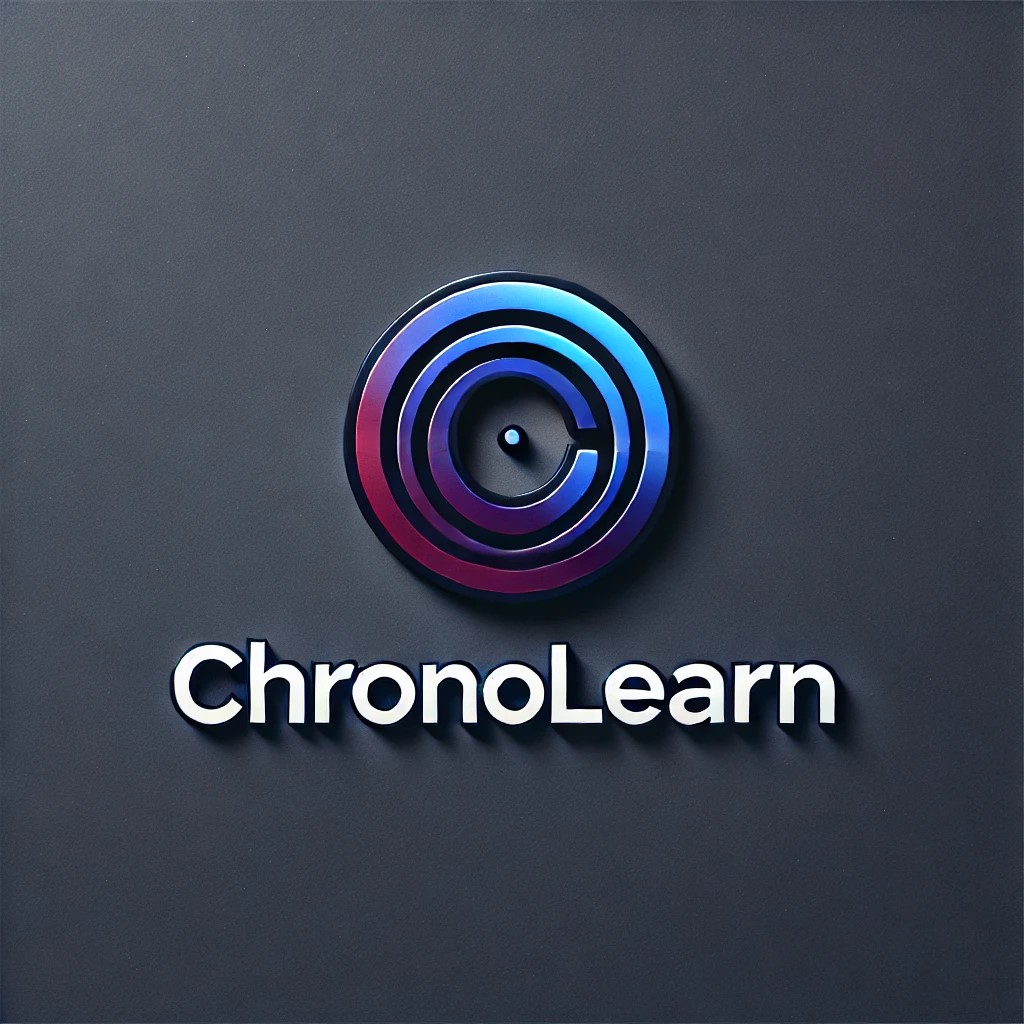
📘 Beginner’s Guide to Transformer Models in AI
Introduction to Transformer Models
Transformer models are the backbone of modern AI, powering everything from ChatGPT to Google Translate. Unlike older models, transformers can process data in parallel and capture long-range dependencies, making them ideal for natural language processing (NLP), vision, and even coding tasks.
Explore our AI & Machine Learning courses at ChronoLearn
Why Transformers Changed AI Forever
Before transformers, models like RNNs and LSTMs struggled with long sentences and required sequential training, which was slow. The “Attention is All You Need” paper (2017) introduced transformers, enabling parallel training and state-of-the-art results across multiple domains.
📖 Original Transformer Paper (Vaswani et al., 2017)
Why Transformers Changed AI Forever
Before transformers, models like RNNs and LSTMs struggled with long sentences and required sequential training, which was slow. The “Attention is All You Need” paper (2017) introduced transformers, enabling parallel training and state-of-the-art results across multiple domains.
📖 Original Transformer Paper (Vaswani et al., 2017)
Key Components of a Transformer
-
Attention Mechanism – Lets the model focus on the most relevant words/tokens.
-
Positional Encoding – Helps transformers understand sequence order.
-
Encoder-Decoder Structure – Encoders process input, decoders generate output.
Popular Transformer Architectures
-
BERT (2018) – Bidirectional Encoder for NLP tasks.
-
GPT (Generative Pre-trained Transformer) – Powers conversational AI like ChatGPT.
-
T5 – Text-to-Text transfer model.
-
Vision Transformers (ViT) – Applying transformers to image recognition.
👉 Check out ChronoLearn’s AI Fundamentals Course
Real-World Applications of Transformers
-
Chatbots & Virtual Assistants (ChatGPT, Alexa)
-
Search Engines (Google’s BERT-based search ranking)
-
Healthcare (predicting diseases, medical image analysis)
-
Finance (fraud detection, risk analysis)
-
Translation & Content Creation
Tools & Frameworks to Learn Transformers
-
Hugging Face Transformers – Open-source library for pre-trained models.
-
TensorFlow & PyTorch – Deep learning frameworks for building transformers.
-
KerasNLP – Easy-to-use transformer-based NLP toolkit.
📖 Hugging Face Transformers Library
Beginner-Friendly Roadmap
-
Learn Python & Deep Learning basics.
-
Study NLP fundamentals.
-
Practice with pre-trained transformer models on Hugging Face.
-
Try fine-tuning BERT or GPT on small datasets.
-
Work on real-world projects (chatbots, sentiment analysis, text summarization).
Future of Transformers in AI (2025 & Beyond)
-
Smaller, efficient models (distilled transformers) for edge devices.
-
Multimodal transformers (text + image + audio).
-
Enterprise adoption in automation, compliance, and analytics.
👉 Future of AI & Automation – ChronoLearn Insights
Conclusion + Learning Resources
Transformers are the foundation of modern AI and will only grow in importance. Beginners can start small with pre-trained models and gradually move to fine-tuning and custom architectures.






